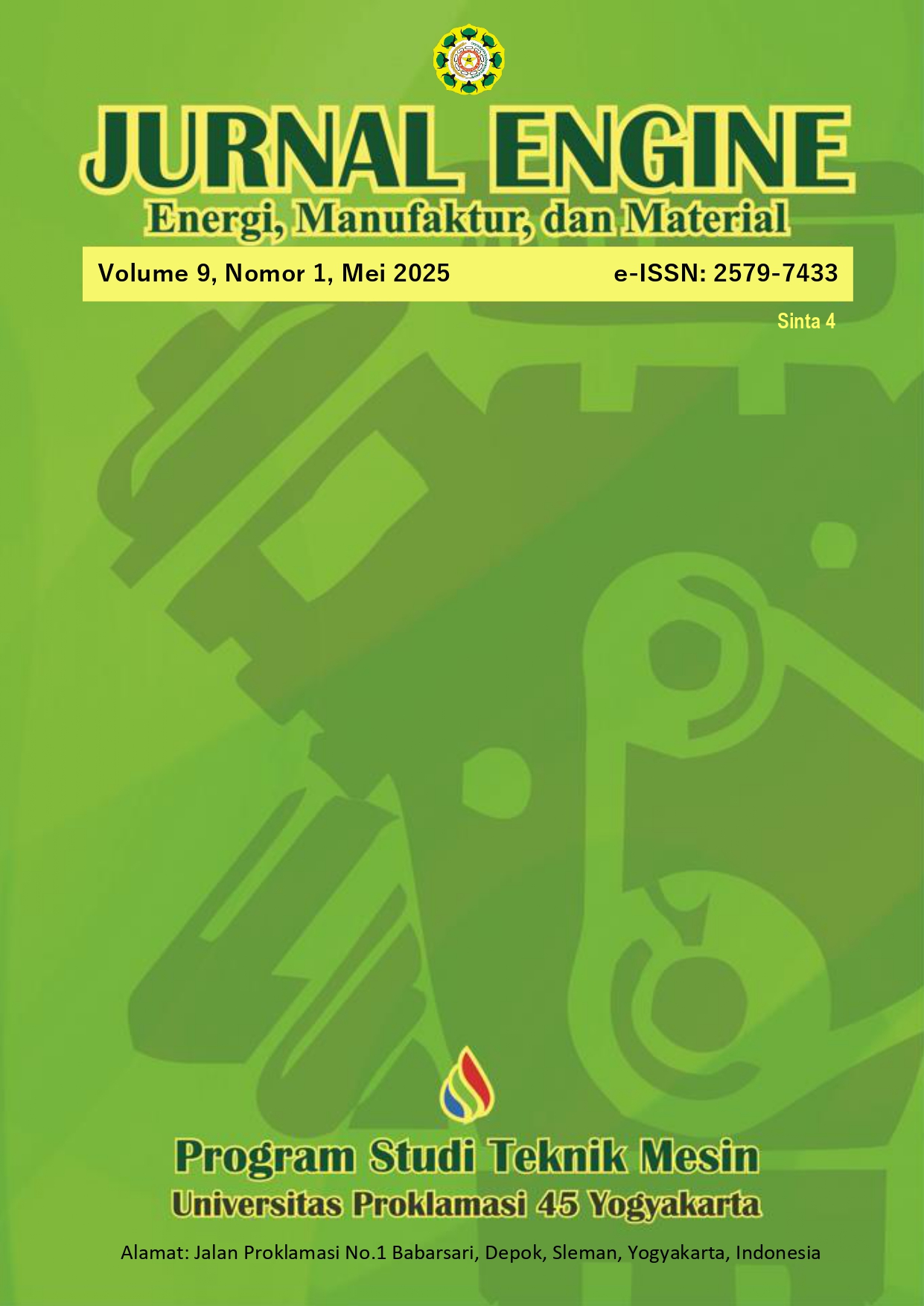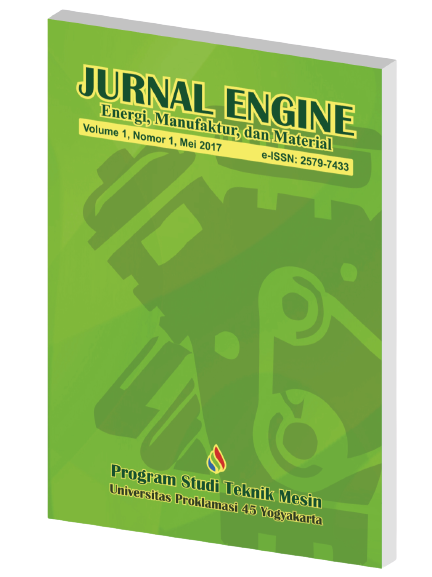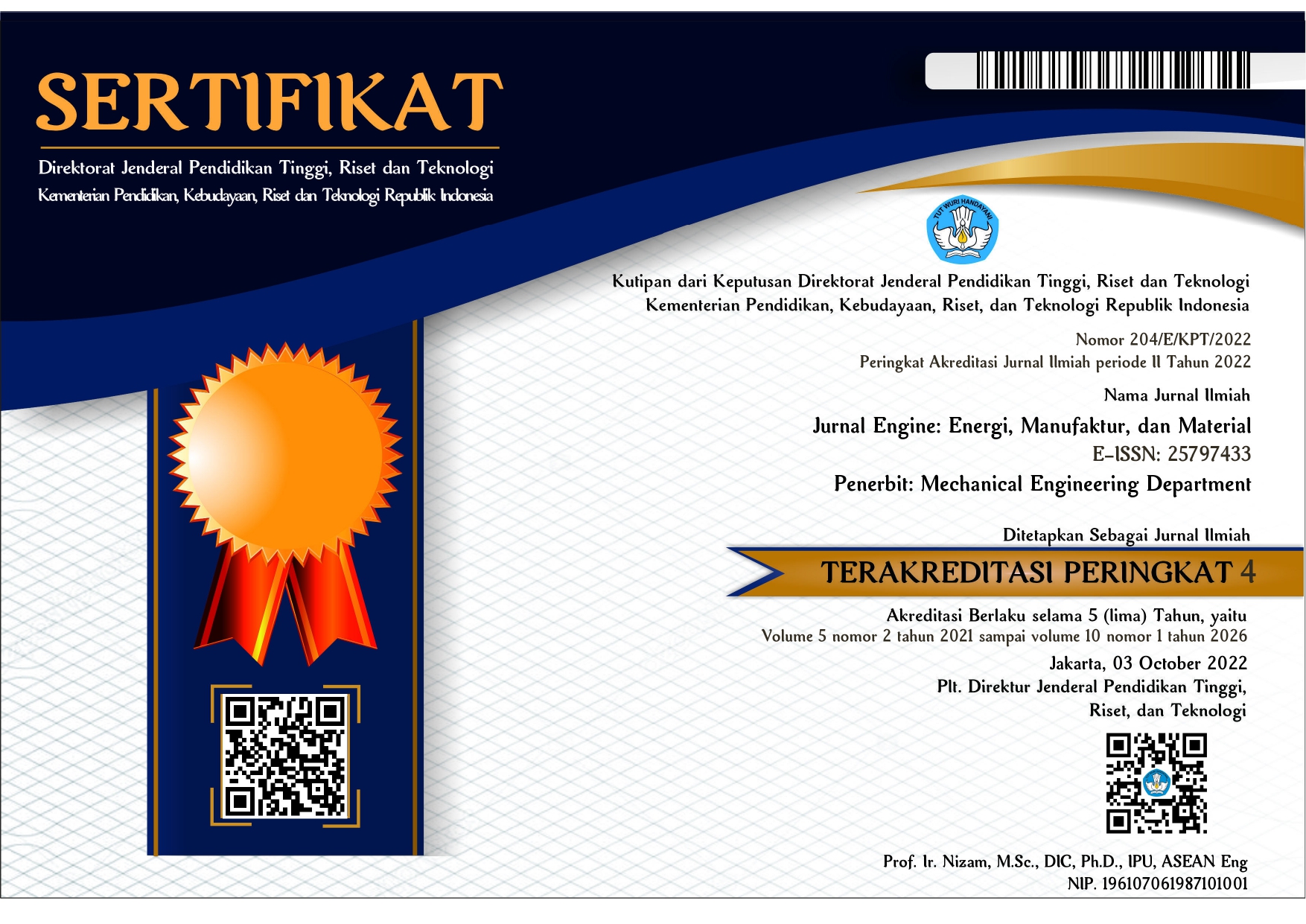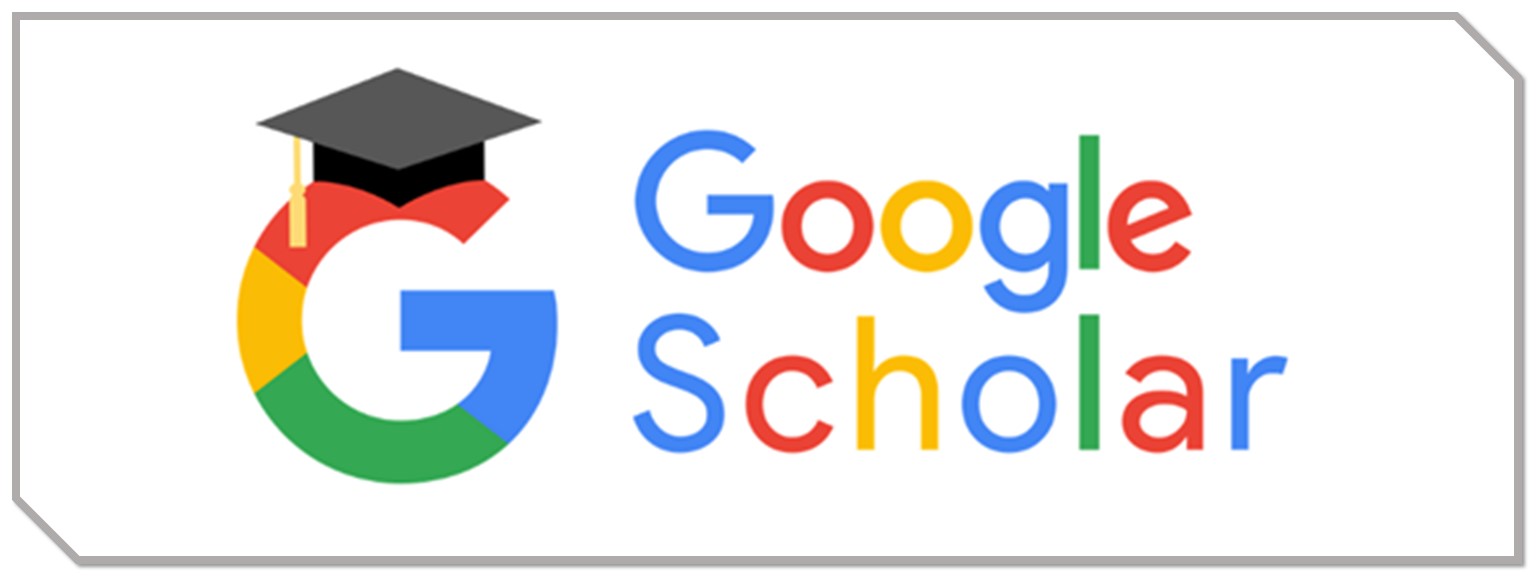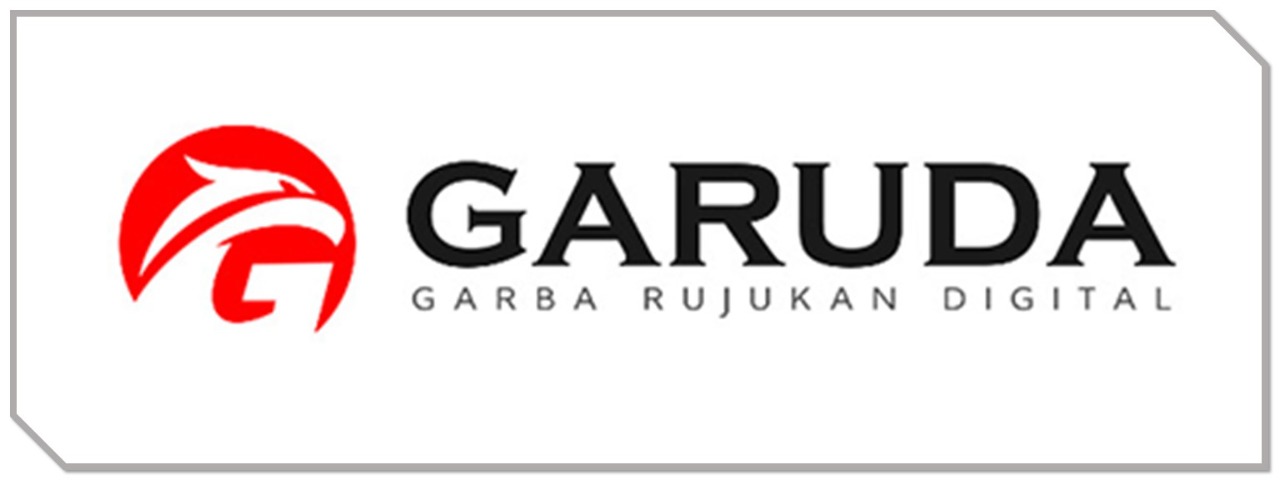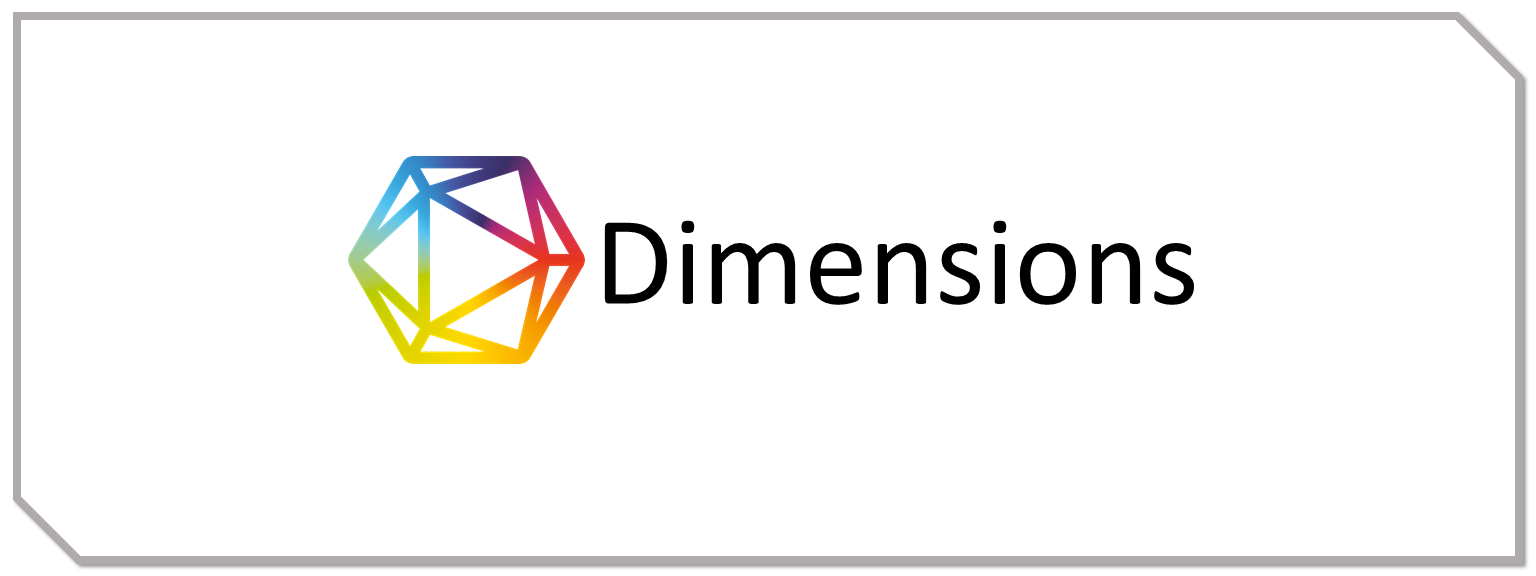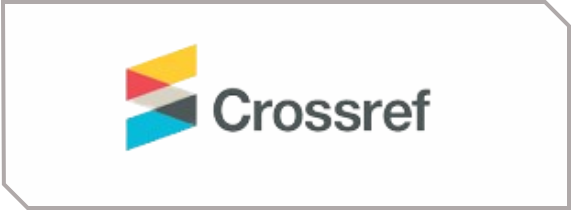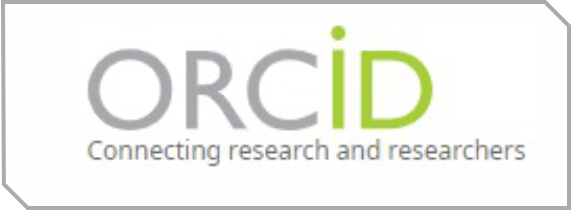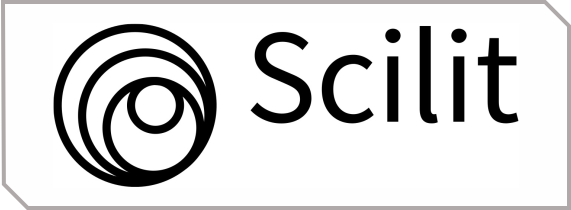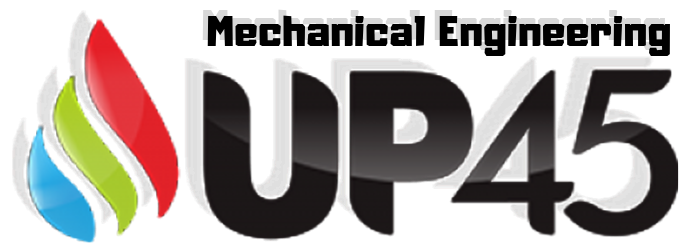Analisis Konsentrasi dan Karakteristik Mikroplastik di Kawasan Wisata Pantai Congot Desa Jangkaran Kabupaten Kulon Progo
DOI:
https://doi.org/10.30588/jeemm.v9i1.2171Keywords:
Microplastics, Microplastics Concentration, Microplastics Characteristics, Plastic Polimer, Microplastics Mitigation.Abstract
Congot Beach is a tourist area that is also inhabited by many fishermen. The issue of plastic waste on this beach is quite serious, with a large amount of waste being discarded by visitors, local residents, and fishermen. Additionally, Congot Beach is located near the estuary of the Bogowonto River, which serves as a major pathway for microplastics entering the ocean. This study aims to analyze the concentration and characteristics of microplastics in the Congot Beach Tourist Area, Jangkaran Village, Kulon Progo Regency. This research employs microscopy and Fourier-transform infrared spectroscopy (FTIR) methods to identify the concentration, shape, color, and polymer types of microplastics found at the study site. The study results indicate that the range of microplastic concentrations at Congot Beach, Kulon Progo, based on calculations from NOAA, sensitivity studies, and mean values, is 1672 particles/L (Negative Study) – 2090 particles/L (Mean) – 2508 particles/L (Positive Study). These results are categorized as an emergency pollution level according to the Guidelines for the Monitoring and Assessment of Plastic Litter in the Ocean (GESAMP). The characteristics of the microplastics found include fragment shapes (53.3%), film (31.8%), fiber (11.2%), and pellet (3.6%). The dominant colors of the microplastics are transparent (34.4%), green (26.6%), and black (25.8%). The identified polymer types of microplastics are High-Density Polyethylene (HDPE) and Polypropylene (PP).
References
Referensi dari Jurnal:
Chatterjee, S., & Sharma, S. 2019. Microplastics in our oceans and marine health. Field Actions Science Reports. The Journal of Field Actions, (Special Issue 19), 54-61.
Debroy, A., George, N., & Mukherjee, G. 2022. Role of biofilms in the degradation of microplastics in aquatic environments. Journal of Chemical Technology & Biotechnology, 97(12), 3271-3282.
EFSA Panel on Contaminants in the Food Chain (CONTAM). 2016. Presence of microplastics and nanoplastics in food, with particular focus on seafood. Efsa Journal, 14(6), e04501.
Fitriyah, A., Syafrudin, S., & Sudarno, S. 2022. Identifikasi Karakteristik Fisik Mikroplastik di Sungai Kalimas, Surabaya, Jawa Timur. Jurnal Kesehatan Lingkungan Indonesia, 21(3), 350-357.
Hanif, K. H., Suprijanto, J., & Pratikto, I. 2021. Identifikasi Mikroplastik di Muara Sungai Kendal, Kabupaten Kendal. Journal of Marine Research, 10(1), 1- 6.
Harpah, N., Suryati, I., Leonardo, R., Risky, A., Ageng, P., & Addauwiyah, R. 2020. Analisa jenis, bentuk dan kelimpahan mikroplastik di sungai sei sikambing medan. Jurnal Sains dan Teknologi, 20(2), 108-115.
La Dia, W. O. N. A., Kantun, W., & Kabangnga, A. 2021. Analisis Kandungan Mikroplastik pada Usus Ikan Tuna Mata Besar (Thunnus obesus) yang Didaratkan di Pelabuhan Ikan Wakatobi. Jurnal Ilmu dan Teknologi Kelautan Tropis, 13(2), 333-343.
Sulastri, A., Utomo, K. P., Febriyanti, S. V., & Fakhrana, D. 2023. Identifikasi Kelimpahan dan Bentuk Mikroplastik Pada Sedimen Pantai Kalimantan Barat. Jurnal Ilmu Lingkungan, 21(2), 376-380.
Referensi dari Buku:
GESAMP. 2019. Guidelines for the Monitoring and Assessment of Plastic Litter in the Ocean. (Kershaw, P.J., Turra, A., & Galgani, F., eds.). (GESAMP Reports and Studies No. 99). IMO/FAO/UNESCO- IOC/UNIDO/WMO/IAEA/UN/UNEP/UNDP/ISA Joint Group of Experts on the Scientific Aspects of Marine Environmental Protection.
Referensi dari Skripsi/Thesis/Disertasi:
Maharani, M. D. 2019. Teknik Pengukuran Kelimpahan Mikroplastik Pada Perairan Dan Sedimen Di Balai Riset Dan Observasi Laut, Bali (Doctoral dissertation, Universitas Brawijaya).
Rofiqoh, A. A. 2020. Identifikasi Jenis dan Kelimpahan Mikroplastik pada Air dan Usus Ikan Nila (Oreochromis niloticus, Linnaeus. 1758) di Waduk Sutami Kabupaten Malang, Jawa Timur (Doctoral dissertation, Universitas Brawijaya).
Ratnasari, I. 2017. Identifikasi Jenis dan Jumlah Mikroplastik pada Ikan Nila HItam (Oreochromis niloticus) di Perairan Air Payau Semarang. Semarang: Program Studi Teknologi Pangan Fakultas Teknologi Pertanian Universitas Katolik Soegijapranata.
Prabowo, N. P. 2020. Identifikasi Keberadaan dan Bentuk Mikroplastik Pada Sedimen dan Ikan di Sungai Code, d. Iyogyakarta. Skripsi Yogyakarta, Universitas Islam Indonesia.
Referensi dari Website:
European Commission. (2022). Microplastics banned in products on the European market. Diakses pada 5 Juni 2024, pukul 19.30 WIB. Dari URL Website: https://ec.europa.eu/environment/topics/plastics/microplastics_en.
Federal Office for the Environment FOEN. (2022). Mikroplastik. Diakses pada 8 Juni 2024, pukul 20.47 WIB, dari URL Wesite: https://www.bafu.admin.ch/bafu/de/home/themen/chemikalien/dossiers/miksroplastik.html.
Downloads
Published
How to Cite
Issue
Section
License
Copyright (c) 2025 Trisno Fallo, Bela Agustina Eka Putri Kusniati, Muhammad Noviansyah Aridito, Andri Prasetyo Nugroho, Putri Ratna Setyowati (Author)

This work is licensed under a Creative Commons Attribution 4.0 International License.
Authors who publish with Jurnal Engine: Energi, Manufaktur, dan Material agree to the following terms:
Authors retain copyright and grant the Jurnal Engine: Energi, Manufaktur, dan Material right of first publication with the work simultaneously licensed under a Creative Commons Attribution 4.0 International License that allows others to share (copy and redistribute the material in any medium or format) and adapt (remix, transform, and build upon the material) the work for any purpose, even commercially with an acknowledgment of the work's authorship and initial publication in Jurnal Engine: Energi, Manufaktur, dan Material. Authors are able to enter into separate, additional contractual arrangements for the non-exclusive distribution of the journal's published version of the work (e.g., post it to an institutional repository or publish it in a book), with an acknowledgment of its initial publication in Jurnal Engine: Energi, Manufaktur, dan Material. Authors are permitted and encouraged to post their work online (e.g., in institutional repositories or on their website) prior to and during the submission process, as it can lead to productive exchanges, as well as earlier and greater citation of published work (See The Effect of Open Access).

